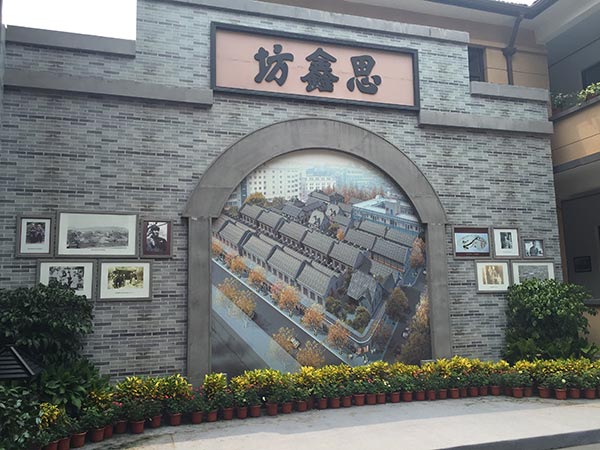Something old, something new
Over time, Sixinfang's inhabitants changed from the rich to ordinary residents.
Things took a downturn after the 1980s.
"The planned economy shifted toward a market economy, and high buildings began to emerge all around," says Lou.
"People working in those buildings needed to have lunch, so many small restaurants opened."
That was the start of a problem. Most of those catering businesses were illegal and poorly equipped, producing sewage flows as well as a suffocating cooking smoke that shrouded the whole neighborhood.
"We closed our windows and doors and didn't dare to come out," Lou recalls.
She used to get up early to hang out her washed clothes, then take them inside before noon when those restaurants started cooking, and hang them out again after the lunch rush.
Over time, the buildings developed leaky roofs, blocked sewage systems and termites after weathering long years.
Things only began to look up early last year. The local authority set up monitoring outposts in the community to ensure those restaurants won't pop up again.
"The problem was persistent because restaurant owners would reopen their business once we left," says Wang Weishi, a publicity officer with Sixinfang.
The authority has also restored the neighborhood, rewired the electrical network and built sanitary restrooms, Wang adds.
Exterior improvements are basically finished, and interior work on the buildings will begin later this year.















